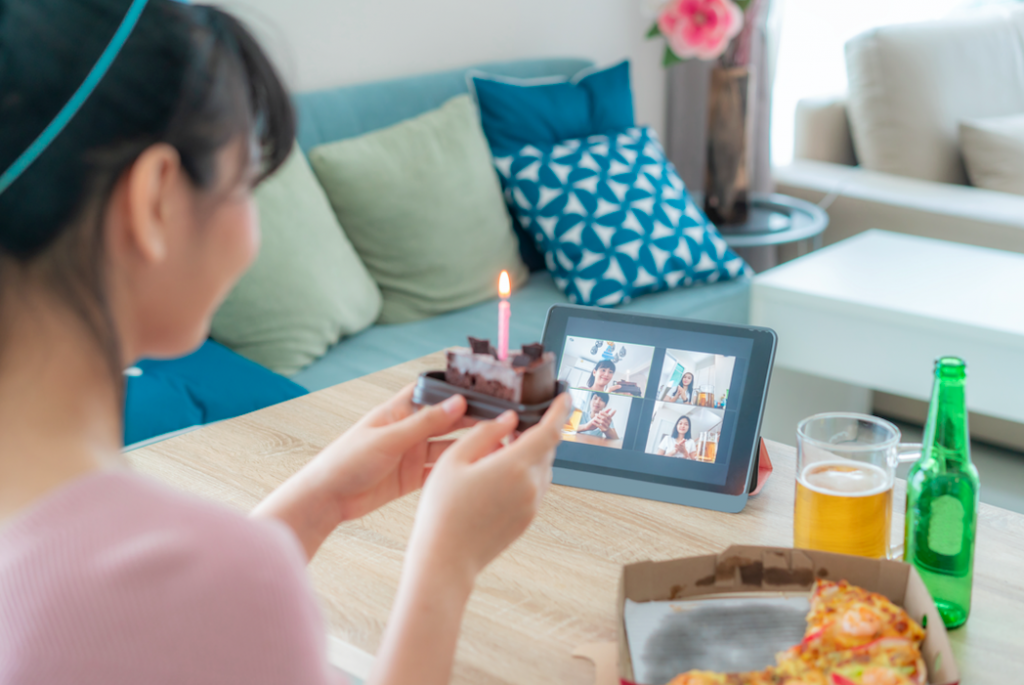5 tips on how you can reimagine and adapt your product / service during the pandemic

We are slowly entering year 3 of the raging pandemic. A few of us will disagree that it has substantially altered our way of life in many ways. Many experts believe that there is no going back – the changes are here to stay. These times have been particularly turbulent for companies, organizations, businesses, who have had to adapt on the fly, digitalize, sanitize, and re-invent their image. The following are a few tips from experience design that can greatly help companies in this challenge.
- Understand and empathize with your audience – what has changed?
More than ever, it is important for us to put ourselves in the shoes of our users. Even if we know our audiences well, we also need to know and empathize with their current situation and changes that it may have brought. Consider:
– Socio-economic situation: Has COVID-19 impacted their jobs and livelihood or family situation?
– Daily rituals: Many people nowadays work from home, homeschool their kids, do shopping online, exercise at home, order in or pick up food instead of going out, and others. How may have this altered their experience of using your product or service?
– Psychological factors: The pandemic has created barriers in our social interactions – people are scared in public, keep distance, avoid physical contact or touching objects in public spaces. They may feel uncomfortable, alone, even depressed, have health concerns or fears of being quarantined, especially when traveling. How can you adapt your solution to empower people, connect them, considering all the safety and comfort? - Talk to your users
There is no better way to improve your product/service than to understand how your users feel about it. There are many ways you can get insights from your audience without having to go through complicated design processes. Simply, identify your target user types and talk to them, ask how they feel about your offering, what they would like changed, and how this experience has been affected by the pandemic. Don’t forget:
– Be open minded and welcome feedback/criticism: this will only make your product better.
– Ask open questions to get in-depth answers and always follow up with “why.”
– Be courteous and welcoming, make the users feel comfortable.
– Don’t only listen to their answers, but also observe their actions: sometimes the users say they are happy, while their actions show their confusion.
– Come up with actionable items for yourself after the discussions: what do you want changed/updated?
– Don’t forget to wear a mask and, even better, do the conversations remotely. - Consider the new constraints
– Distancing factor: A lot of restaurants and public spaces needed to account for creating space between people to reduce transmission. Consider how you can abide by this constraint, while making people feel socially inclusive, safe, and comfortable (e.g. adding protection screens in between in restaurants, adding spaced out queue lines, etc.).
– Regulations: The current COVID-19-related regulations change constantly, affecting social gatherings, outings, and travel options. How do these regulations affect your users’ experience? What are the ways to make them feel included and protected in case of changes (e.g. free cancellation and refund options, opportunities to reschedule, etc.)? - Consider touchless interactions
We need to account for one of the main sources of virus transmission when touching objects and interfaces. Consider how you can add a touchless element to your product or service (e.g. touch-free soap or sanitizer dispensers, voice-command driven kiosks or elevators, etc.). - Adapt to virtual and digital
Many of us, nowadays, work from home, which by itself creates a ripple effect on many industries: food deliveries, lunch restaurants, transport/commuting options, internet providers, digital tools, even clothing stores (who dresses up for online calls?!). As such, most of the businesses need to adapt to digital to ensure they can continue supporting their customers. It is critical to have an online presence, adapt to catering orders digitally, and even consider digitalizing non-digital interactions, such as dating or birthday parties.

Changing and adapting our work and approach may seem a big challenge, but it doesn’t have to be. The tips outlined above are not only helpful in order to adjust to the changes that have come about after the COVID-19 outbreak, but these are good initiatives to consider in any scenario. User-centricity – focusing on what our users actually want and need – can only improve our offering and increase user satisfaction; and digitalization nowadays is a must, keeping up with the times. Following the tips and steps above will give you a good start, but if you ever need a hand in understanding your audience, YU is here to help you.